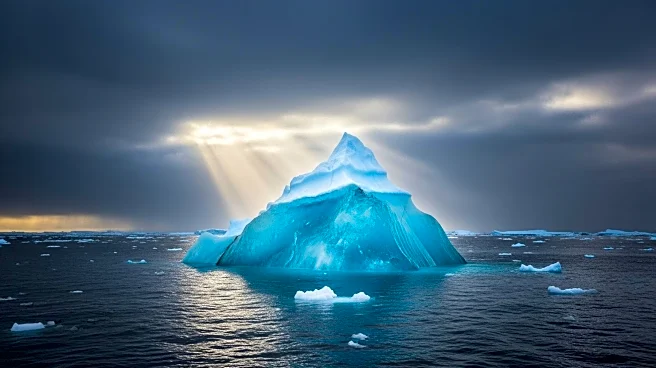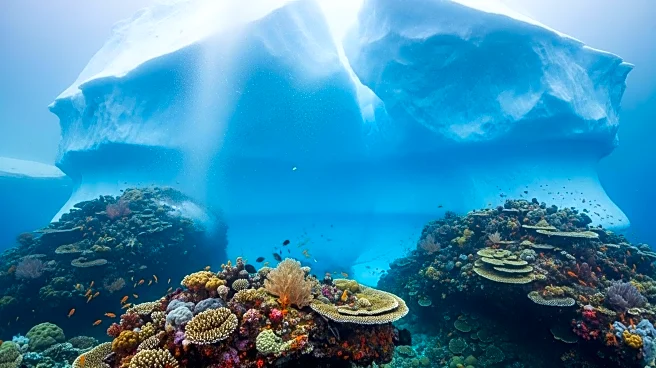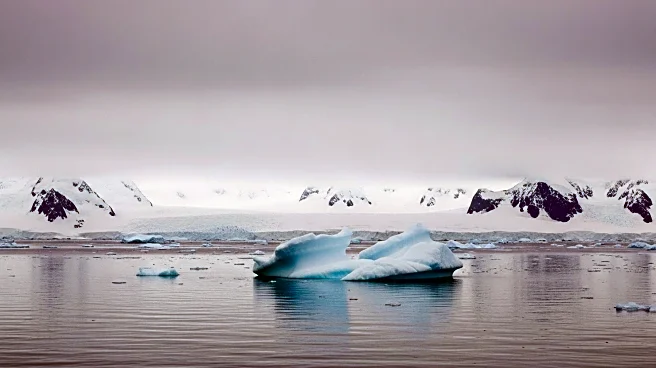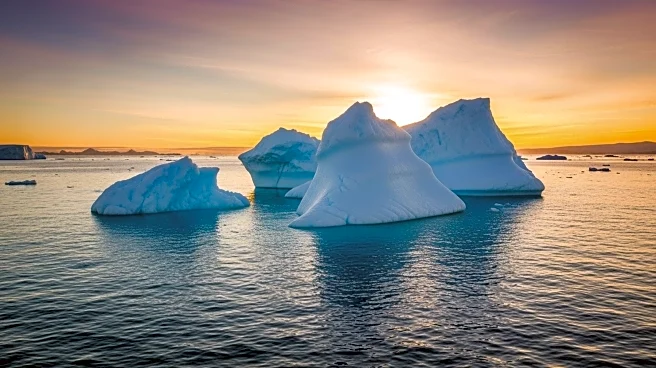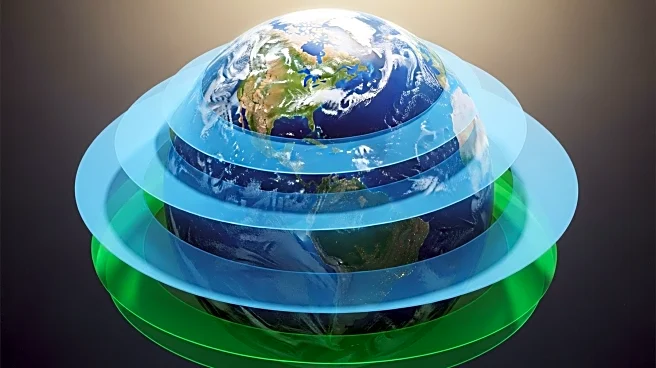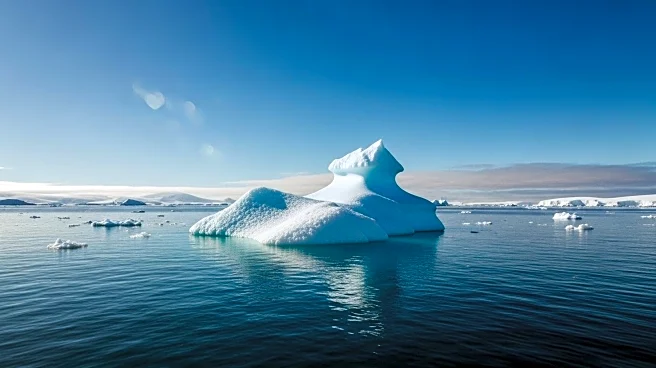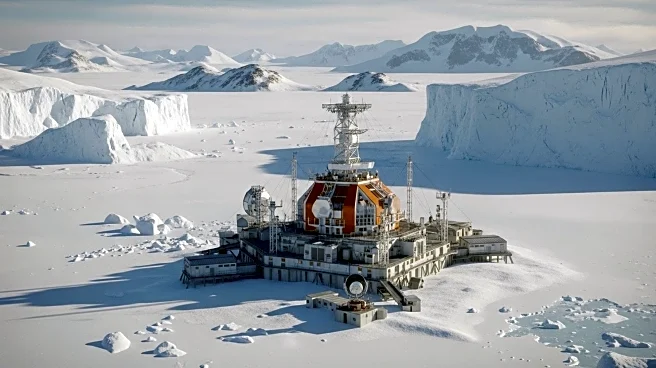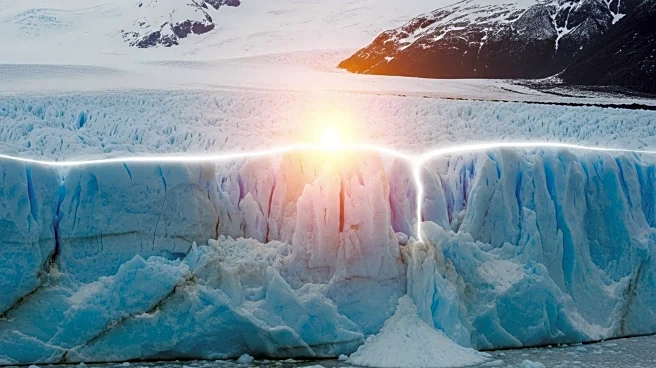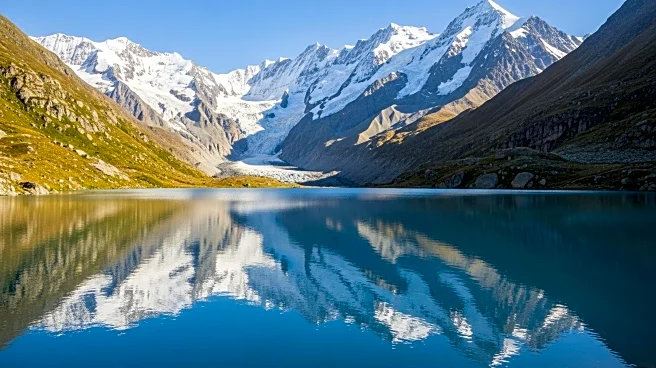What's Happening?
Recent satellite technology has uncovered hidden subglacial lakes beneath Antarctica, revealing a dynamic landscape that influences glacier movements and global sea levels. These lakes, previously hypothesized but now confirmed by satellites like CryoSat-2, are part of interconnected hydrological networks. The sudden drainage of these lakes acts as a lubricant, accelerating glacier flow towards the ocean. This discovery challenges the perception of Antarctica as a static continent, highlighting its role in global climate dynamics. Researchers have identified 85 new active lakes, bringing the total to 231, indicating subtle movements of the continent's surface as these reservoirs fill and empty.
Why It's Important?
The existence of subglacial lakes has significant implications for global sea levels. When these lakes drain, they reduce friction between ice and the rocky bed, allowing glaciers to slide more rapidly towards the ocean. This acceleration can increase glacier movement by 10 percent, impacting sea level rise predictions. Accurate climate models must incorporate these dynamics to predict future sea levels, which pose a threat to coastal communities worldwide. Understanding these hidden systems is crucial for developing strategies to mitigate climate change impacts.
What's Next?
Further research is needed to understand the complex hydraulic systems beneath Antarctica and their influence on global sea levels. Scientists must incorporate these findings into climate models to improve predictions and develop strategies to protect coastal communities. As the understanding of Antarctica's hidden waterways deepens, it will inform global efforts to address climate change and its impacts.
Beyond the Headlines
The revelation of subglacial lakes challenges the traditional view of Antarctica and underscores the need for comprehensive climate models. These hidden systems are sensitive to changes and can directly impact global sea levels. As research continues, it will shape strategies for dealing with climate change and protecting vulnerable coastal areas.

